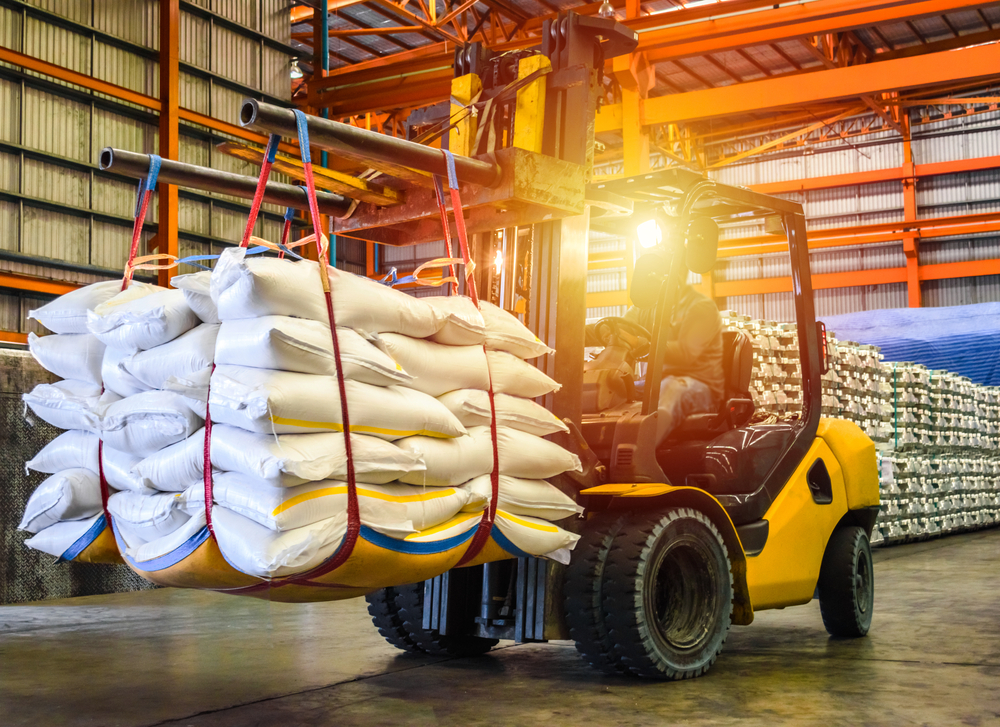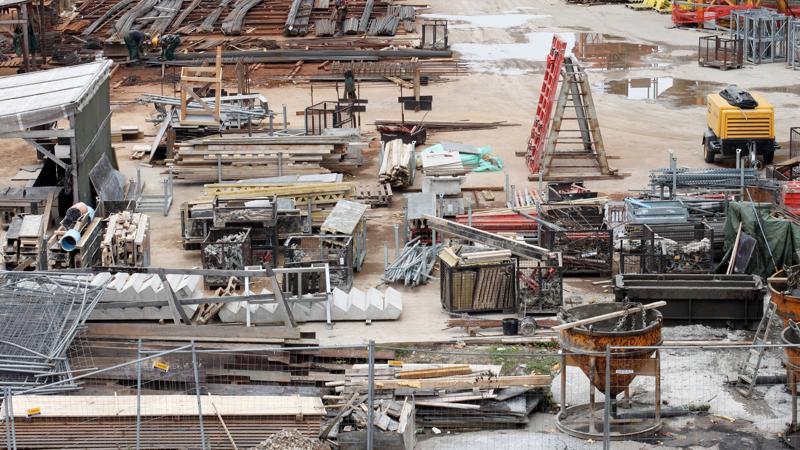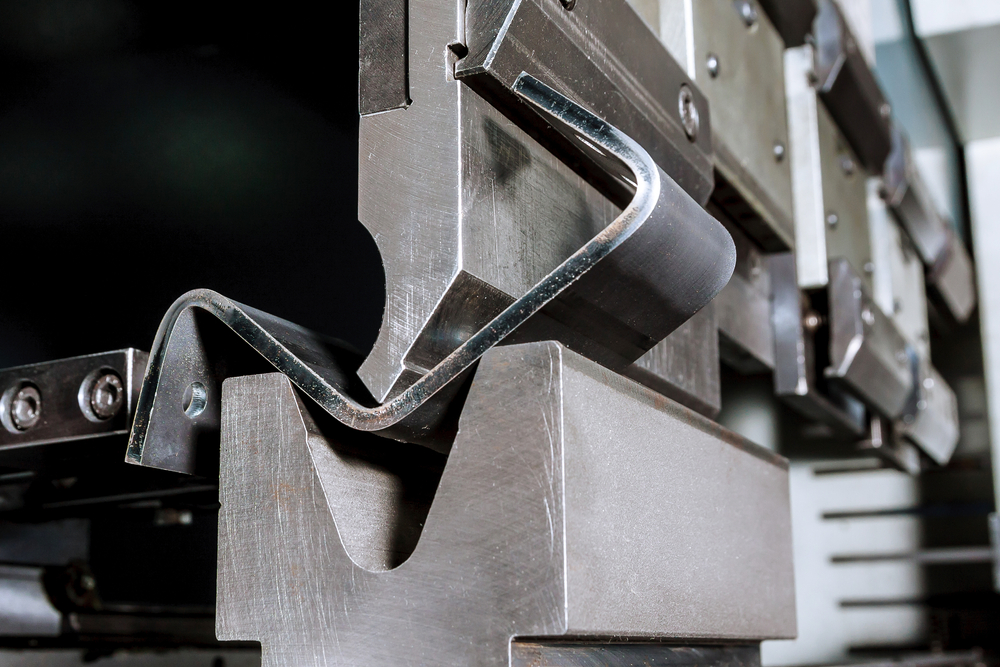Mastering Efficiency: A Guide to Material Handling Equipment
Explore a wide range of material handling equipment designed to streamline your warehouse operations and improve efficiency. From forklifts to pallet jacks, we have everything you need to keep your business running smoothly.
Material handling equipment is an essential component in the manufacturing and logistics industries. It encompasses a broad range of tools, vehicles, appliances, and accessories involved in transporting, storing, controlling, enumerating, and protecting products at any stage of manufacturing, distribution consumption, or disposal. Efficient material handling systems can improve productivity, enhance workplace safety, and reduce operational costs. This overview examines the various types of material handling equipment, their applications, and how they contribute to the optimization of supply chain and manufacturing processes.

What is Material Handling Equipment?
Material handling equipment refers to the mechanical devices and structures that facilitate the movement, protection, storage, and control of materials and products throughout the process of manufacturing, distribution, warehousing, and disposal. It serves to improve efficiency, speed up processes, and reduce the risk of injury while handling goods. This equipment ranges from simple hand tools and pallets to sophisticated automated systems that interface with computerized control systems. The choice of material handling equipment depends on the nature of the materials being handled, the physical layout of the facility, the volume of goods, and the process requirements.
Storage and Handling Equipment
Storage and handling equipment includes all the shelving, racks, pallets, bins, and mezzanines used in organizing and holding products over a short or long period. This category of equipment is typically non-automated and is used in the storing and picking of products. Racking systems allow for materials to be stacked in an orderly manner at various heights, which maximizes space and improves inventory management. Mezzanines provide additional storage or office space above the facility floor, making efficient use of overhead space that would otherwise go unused.
Bulk Material Handling Equipment
Bulk material handling equipment is designed to move and store bulk materials such as grains, coal, sand, ores, and other similar products in loose form. This category includes conveyor belts, stackers, reclaimers, hoppers, silos, and bucket elevators. Conveyor belts are used to transport materials from one point to another, stackers create large piles of materials, and reclaimers recover those materials. Hoppers serve as receptacles for collecting bulk materials, silos are used for large-volume storage, and bucket elevators transport materials vertically.
Industrial Trucks
Industrial trucks cover a wide array of powered and non-powered vehicles that are used for material transport. This category includes forklifts, pallet jacks, hand trucks, and order pickers. Forklifts are versatile vehicles that can lift and move heavy loads over short distances. Pallet jacks are simpler forms of forklifts used to lift and move pallets within a warehouse. Hand trucks are L-shaped box-moving handcarts with handles at one end, wheels at the base, and a small ledge to set objects on, useful for moving smaller loads. Order pickers are designed specifically for pulling and delivering materials needed for filling orders.
Engineered Systems
Engineered systems are integrated sets of equipment and technologies that work together to automate and streamline various material handling processes. These systems include conveyor systems, automated storage and retrieval systems (AS/RS), robotic delivery systems, and automatic guided vehicles (AGVs). Conveyor systems can be designed to handle a wide range of product sizes, shapes, and weights. AS/RS are used for automated placement and retrieval of loads from defined storage locations. Robotic delivery systems and AGVs automate transport tasks and can significantly improve efficiency and reduce handling costs in large facilities.
Advanced Material Handling Equipment
Advancements in technology have led to the development of sophisticated material handling equipment that incorporates robotics, artificial intelligence (AI), and the Internet of Things (IoT). These technologies enable equipment to operate with a high degree of autonomy, adaptability, and smart decision-making capabilities. For instance, robotic arms can be programmed to pick and place items precisely, while AI-powered systems can optimize routes for AGVs, improving the overall workflow.
Other Types of Material Handling Equipment
There are additional types of material handling equipment that do not fit neatly into the aforementioned categories but are equally important. Examples include lifts and hoists, which are used to raise or lower materials; cranes, which can move heavy objects vertically and horizontally; and chutes, which use gravity to move items between levels. Dock equipment, such as dock levelers, dock boards, and dock shelters, ensures safe and efficient transfer of goods between warehouse and transportation vehicles.
Material handling equipment plays a pivotal role in the smooth operation of the supply chain and manufacturing processes. From storage and handling to advanced engineered systems, the right material handling solutions can lead to increased productivity, enhanced safety, and cost savings. As technology continues to evolve, the material handling equipment of tomorrow is expected to be even more efficient, intelligent, and adaptable, further revolutionizing how industries manage and process materials. Understanding the various types of equipment and their applications helps businesses to make informed decisions for optimizing their operations, ultimately contributing to their success and competitiveness in the marketplace.











